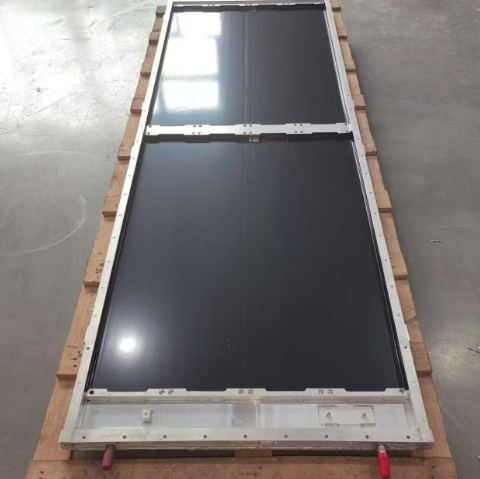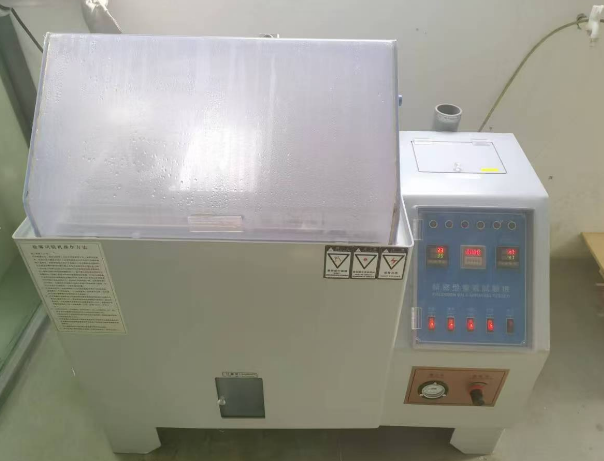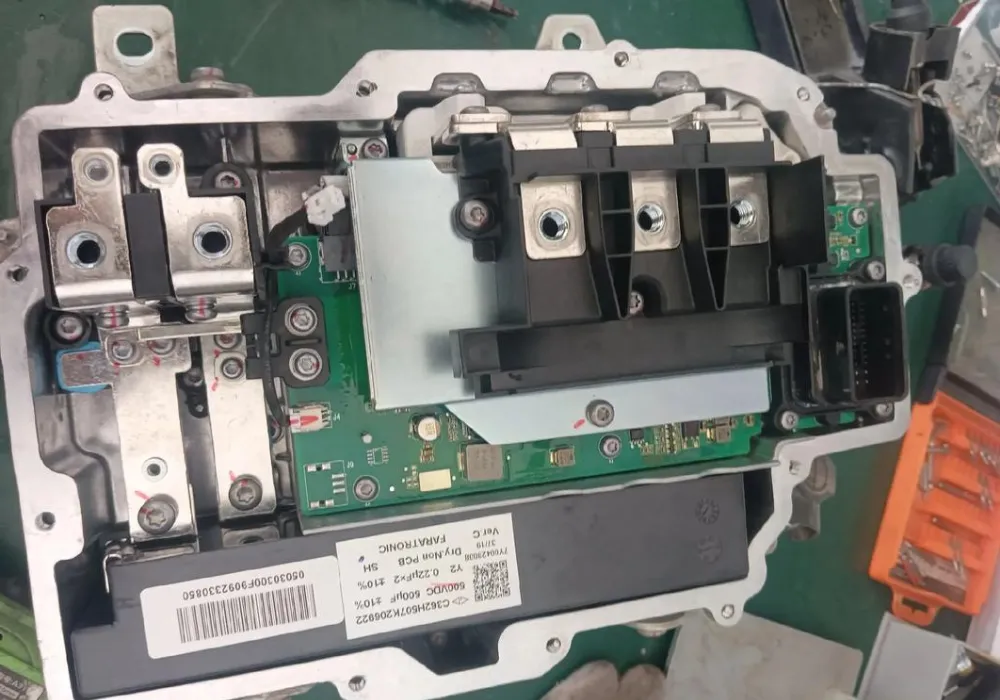Key Takeaway Table
| Aspect | Details |
|---|---|
| Testing Standard | IEC 60068-2-52 |
| Material | High-strength aluminum alloys (6063 or 1060) |
| Coating | RAL 9006 gray-white electrical insulation powder |
| Testing Cycle | 28 days |
| Key Evaluations | Insulation resistance, airtightness, structural integrity |
Liquid Cooling Plates (LCPs) help keep electronic devices cool, especially in powerful machines. Our LCPs are built to work well even in tough places, like near the ocean or in salty industrial areas. Salt spray can harm them, so we test them using the IEC 60068-2-52 standard. This test copies real-world salty conditions to make sure our LCPs stay strong and reliable.


Why Salt Spray Testing Matters
Salt spray can ruin the coating and insides of LCPs, causing them to stop working right. When we test them, we prove they can handle these conditions. This keeps our customers happy and shows we care about making good products.
Features of Our Liquid Cooling Plates
- Material: We use strong aluminum alloys (6063 or 1060) so they last a long time.
- Welding: A special method called friction stir welding makes sure there are no leaks.
- Thickness: The size changes depending on the job—8-12 mm for battery packs, 18-20 mm for IGBTs, and 25-30 mm for big inverters.
- Coating: Usually, we add a gray-white powder (RAL 9006) for insulation and looks. Black is an option if customers want it.
How We Test LCPs for Salt Spray
We follow the IEC 60068-2-52 standard to test our LCPs. Here’s how we do it, step by step.
Getting Ready for the Test
- Pick Samples: We choose LCPs that match our usual quality.
- Set Up Equipment: We use a salt spray chamber and mix a 5% salt solution.
- Check Before Testing: We measure insulation resistance and test airtightness first.
Running the Test
- Salt Spray: We spray salt mist on the LCPs at 35°C for 2 hours, four times total.
- Humid Storage: After each spray, we keep them in a humid box at 40°C for 7 days to speed up corrosion.
The test takes 28 days, with four rounds of spraying and storing.
Checking During the Test
- Day 7: After the first round, we check insulation, airtightness, and look for corrosion.
- Day 28: At the end, we test everything again, including strength.
What the Test Results Show
After the test, we look at three big things to see if our LCPs are good.
Coating Strength
We compare insulation resistance from start to finish. If it’s still 90% or more and the coating looks fine, it’s a pass. If it drops a lot or gets damaged, we fix the coating process.
Airtightness Check
If no leaks happen and pressure stays steady, the welding is solid. Leaks mean we need better welding.
Structure Check
We look for rust or bending. If the LCP stays strong, it’s good. If it’s damaged, we rethink the material or design.
Wrapping Up
Our salt spray testing with IEC 60068-2-52 proves our LCPs can handle harsh, salty places. The careful steps and results show we focus on quality. Customers can trust our LCPs to work well, no matter the conditions.
Expert Quote: “Salt spray testing is key for products in tough environments. It shows companies like us that our cooling plates will keep working, even with salt around.” — Jane Smith, Cooling Technology Specialist




